Aquafaba, or bean water, is the ultimate vegan substitute for eggs that opens up a broader array of possibilities for vegan recipe creation than you ever thought possible. Learn how to make aquafaba to replace egg whites in your recipes.
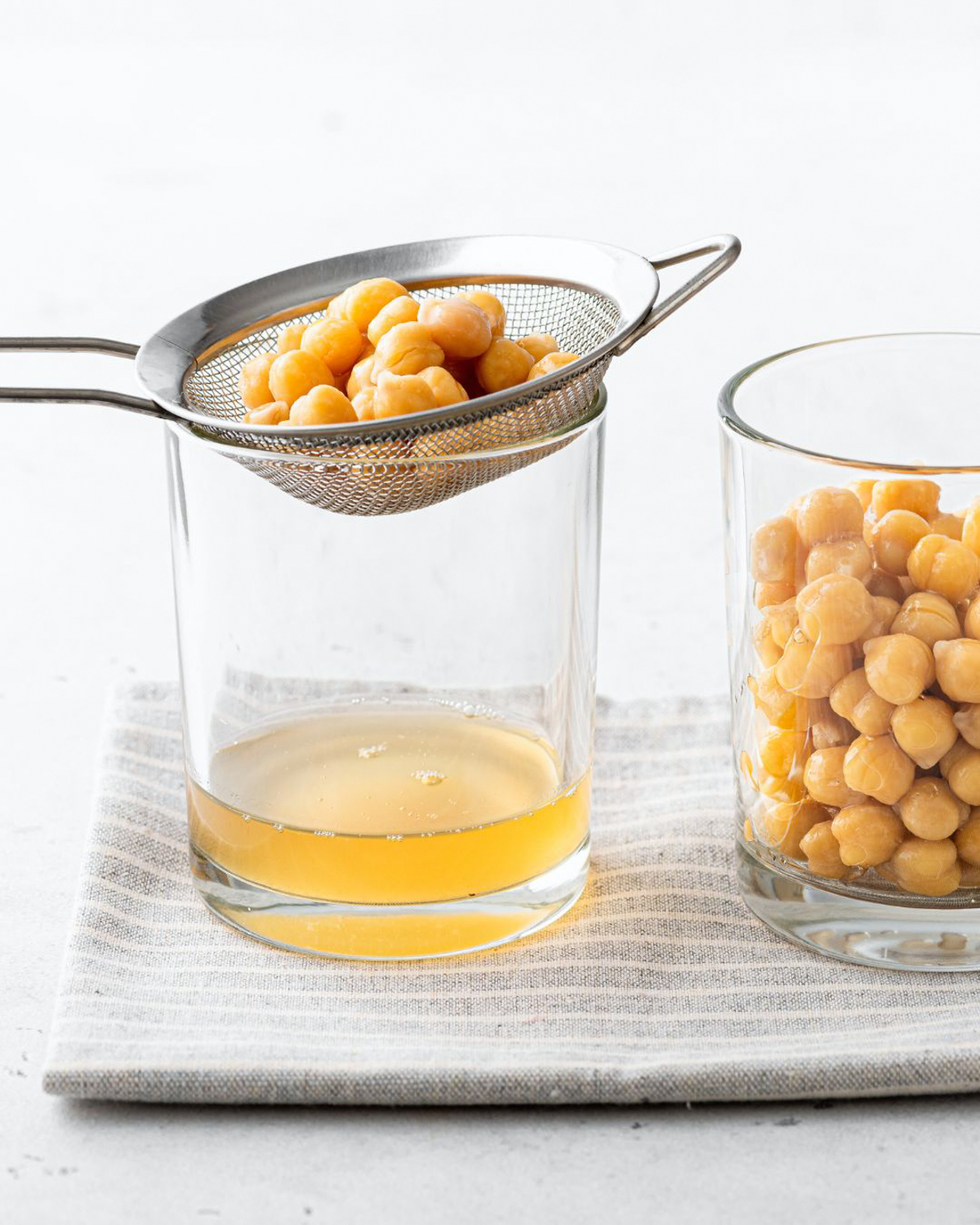
Jump to:
- What Is Aquafaba?
- How Do I Get Aquafaba?
- How Do I Turn Aquafaba Into Vegan Meringue?
- Tips to Make Sure Your Aquafaba Meringue Doesn’t Deflate
- Aquafaba Recipes
- Pros and Cons of Aquafaba
- My Verdict
- Is Aquafaba Good or Bad for You?
- What Is a Substitute for Aquafaba?
- Why Is Aquafaba So Popular?
- 🗒️ How to Make Aquafaba – Vegan Meringue Recipe
What Is Aquafaba?
Aquafaba is cooking water from chickpeas and other legumes that has very similar properties to egg whites. So similar, in fact, that it can be used as a direct replacement in most recipes.
What makes it even more special are its foaming properties, which means it can easily be whipped, just like egg whites, and used to create all the traditional meringue-based desserts.
Fun Fact: The word aquafaba was coined on March 13, 2015, and simply combines the Latin word for water (aqua), with the Latin word for bean (faba). The word was officially submitted to the Oxford English Dictionary on its first anniversary.
How Many Tablespoons of Aquafaba Equal One Egg?
- 3 tablespoons aquafaba = 1 whole egg
- 2 tablespoons aquafaba = 1 egg white
- 1 tablespoon aquafaba = 1 egg yolk
How Do I Get Aquafaba?
Aquafaba is essentially just chickpea water, so it’s really easy to make it at home. You can get it in two ways:
- Drain a can of chickpeas and reserve the liquid.
- Cook your own chickpeas and reserve the leftover cooking liquid. This is a healthier but also a more time-consuming version. The liquid will most likely be too runny at first, and you will need to thicken it a bit by simmering it on a low heat until it reaches the consistency of egg whites. Cool it down before using.
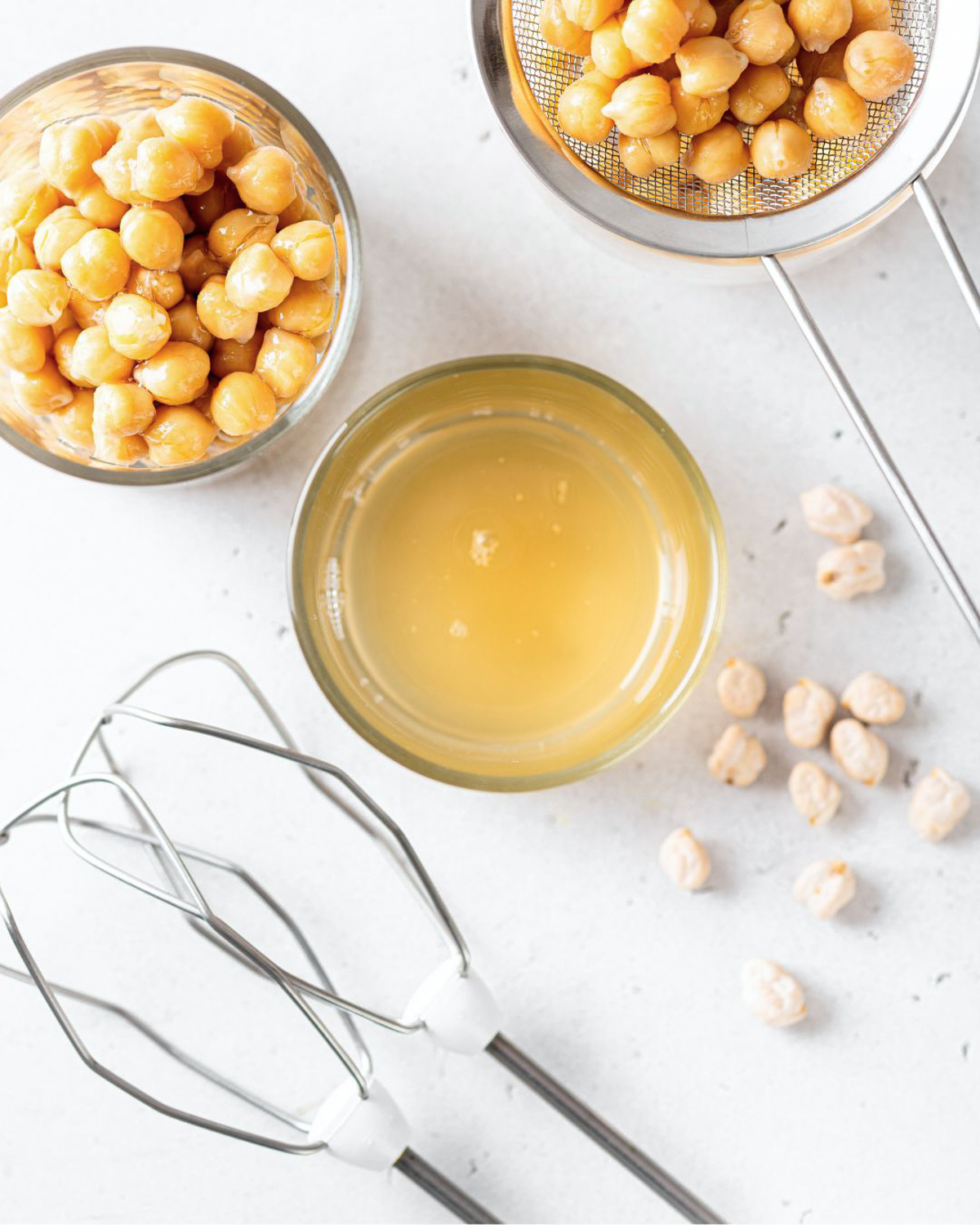
How Do I Turn Aquafaba Into Vegan Meringue?
To make vegan meringue, you will need to whip aquafaba. Whipping aquafaba is really no different to whipping egg whites, but it might take slightly longer.
It can take up to 10 minutes for soft peaks to form and up to 12 minutes to get firm peaks. It’s important not to get discouraged half way through, so I suggest using a hand or stand mixer. Whisking it by hand would simply take too long, and might not produce as good of results.
Tips to Make Sure Your Aquafaba Meringue Doesn’t Deflate
- Remember that aquafaba needs to be cold and resemble the consistency of egg whites. If you made it yourself by boiling chickpeas (not using liquid from a can), you need to make sure you boil it until it thickens to the consistency of egg whites, and then cool it in the fridge.
- There shouldn’t be any grease residue on your bowl or whisk that you’re using. Grease makes it harder to whip.
- You can add some cream of tartar, just as you would with egg whites. This helps aquafaba whip up much faster, and makes the peaks firmer.
- Make sure you whip it longer than you would with egg whites. It can take up to 10 minutes to see any sort of peak form.
Aquafaba Recipes
When you use aquafaba as an egg substitute, no dessert is off limits. You can easily use it to make a variety of recipes, including:
- meringues
- marshmallow fluff
- mousse
- frosting/buttercream
- mayo
- vegan cheese
- marzipan
- macarons
- ice cream
- muffins, cupcakes and brownies
I’ve used aquafaba in my banana chiffon cake, vegan lemon meringue pie and vegan angel food cake.
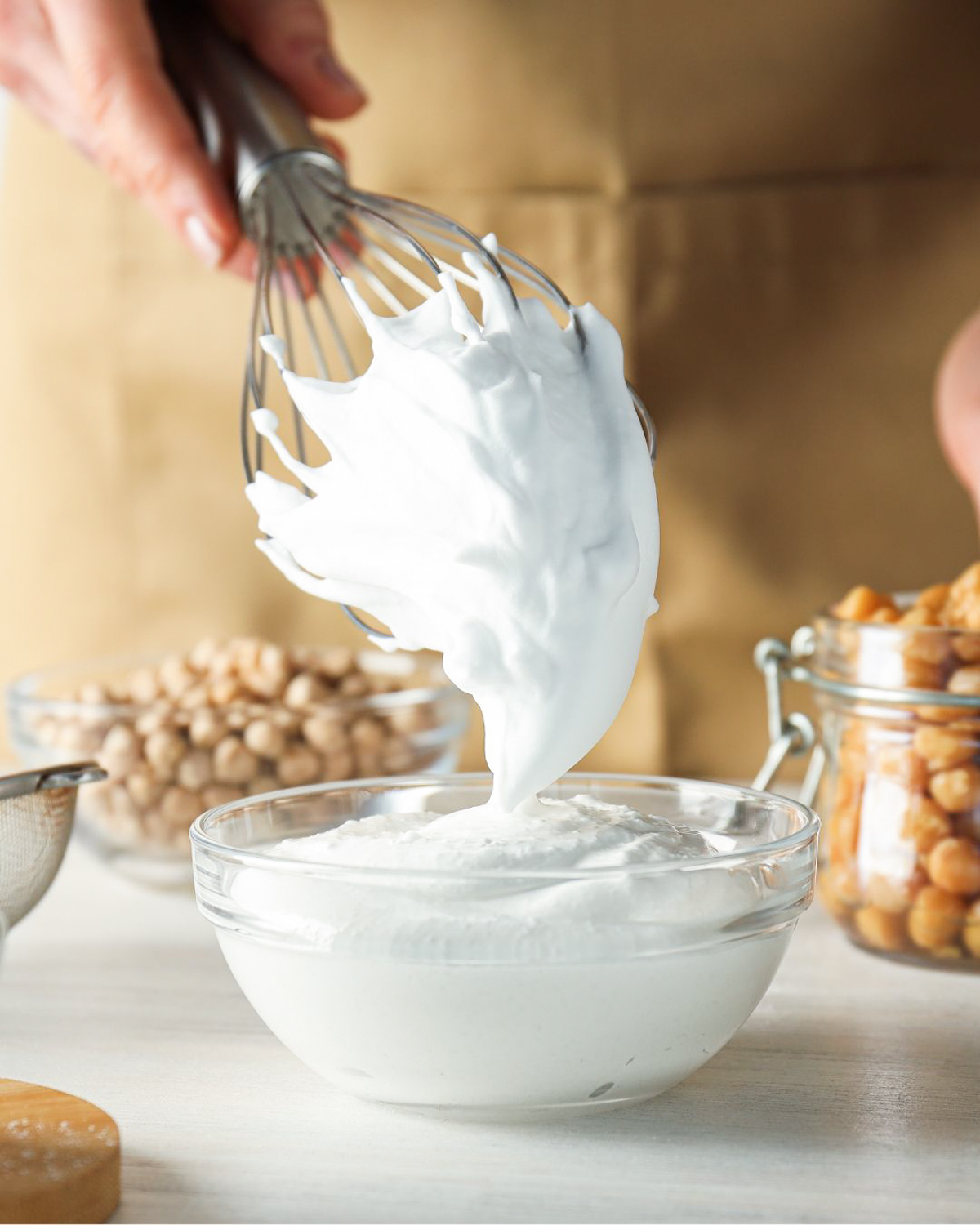
Pros and Cons of Aquafaba
Aquafaba Benefits
- It’s essentially the only vegan substitute for egg whites, both in terms of flavour and texture.
- Easy to whip, as it’s impossible to overbeat it.
Aquafaba Drawbacks
- If you’re using liquid from a can, it’s almost certainly loaded with the industrial chemical BPA, which is known to interfere with our hormones.
- Oligosaccharides, complex sugars that are present in abundance in legumes, are next to impossible to digest by mammals, which often leads to gas, bloating and diarrhoea. Needless to say, bean water is saturated with oligosaccharides.
- Saponins, the part of aquafaba that is responsible for the egg white-like texture and foaming, are toxic steroid derivatives that disrupt red blood cells. They may even contribute to development of leaky gut by damaging the gut wall. They are thermal sensitive and dissolve in water, which is actually one of the main reasons why we soak and cook beans, and discard the cooking liquid.
My Verdict
I made quite a few batches, because I wanted to: a) be sure that you can get the exact same firm texture every time, and I didn’t simply get lucky the first time, and b) see how useful aquafaba can actually be when baking.
So what’s my verdict? Aquafaba actually does solve a ton of problems for those looking for a vegan substitute for eggs. It’s really no different from egg whites when it comes to texture, and you won’t know the difference in taste when baked.
But aquafaba simply isn’t an ingredient I would want to frequently use in my recipes. There are quite a few downsides to consuming discarded bean liquid. Most of all, I like to fill my plate with fresh food that is loaded with good-for-me nutrients, and aquafaba simply doesn’t have the nutritional value I look for when picking my ingredients.
Bottom line: if you’re not following a 100% vegan diet and looking to break up your routine, there’s really no reason for you to be replacing egg whites with bean water. But if you are, this is the miracle ingredient you’ve been waiting for. It does perfectly imitate egg whites both in terms of flavour and texture, and opens a ton of possibilities for vegan recipe creation.
Is Aquafaba Good or Bad for You?
Aquafaba is generally safe and fine in moderation, especially as a functional ingredient in recipes. It’s not a health food per se, as it doesn’t have any nutritional benefits, but it’s also not harmful unless you have digestive sensitivities.
What Is a Substitute for Aquafaba?
There are several options for replacing eggs in baking recipes.
Flaxseed Meal + Water (Flax Egg)
- Ratio: 1 tablespoon flaxseed meal + 3 tablespoon water = 1 egg
- Let it sit for 5–10 minutes until gelled.
- Best for: pancakes, muffins, brownies, cookies.
Chia Seeds + Water (Chia Egg)
- Same ratio and method as flax.
- Slightly crunchier texture, so better in hearty or whole-grain recipes.
Mashed Banana or Applesauce
- ¼ cup = 1 egg
- Adds moisture and a bit of flavour.
- Best for: sweet baked goods like muffins, cakes and quick breads.
Silken Tofu
- ¼ cup blended tofu = 1 egg
- Neutral flavour, adds density.
- Best for: rich cakes, brownies, or custardy desserts.
However, aquafaba is trickier to replace in vegan meringues. Commercial vegan meringue mixes often use soy protein isolate, but for home cooks, aquafaba is the gold standard when replacing whipped egg whites.
Why Is Aquafaba So Popular?
Aquafaba is one of those wild kitchen hacks that actually works. It replicates the texture of eggs almost perfectly, especially when whipped, and there are practically no vegan substitutes for home cooks that even come close. It’s also super easy to find (it’s essentially kitchen waste), inexpensive and easy to make.
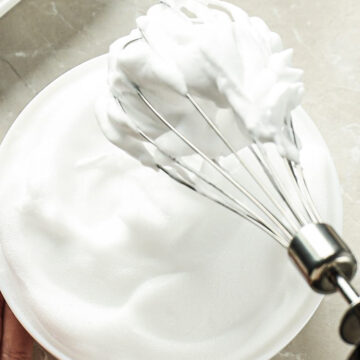
🗒️ How to Make Aquafaba – Vegan Meringue Recipe
Ingredients
- 6 tablespoons aquafaba
- ½ teaspoon cream of tartar optional
Instructions
- Drain a can of chickpeas and reserve the liquid or cook your own chickpeas and reserve the leftover cooking liquid.
- Whip aquafaba in the same way as egg whites, using either a handheld or a stand mixer. It shouldn’t take more than 12 minutes to get to firm peaks. Remember to stop every few minutes and scrape down the sides to make sure it’s evenly mixed.

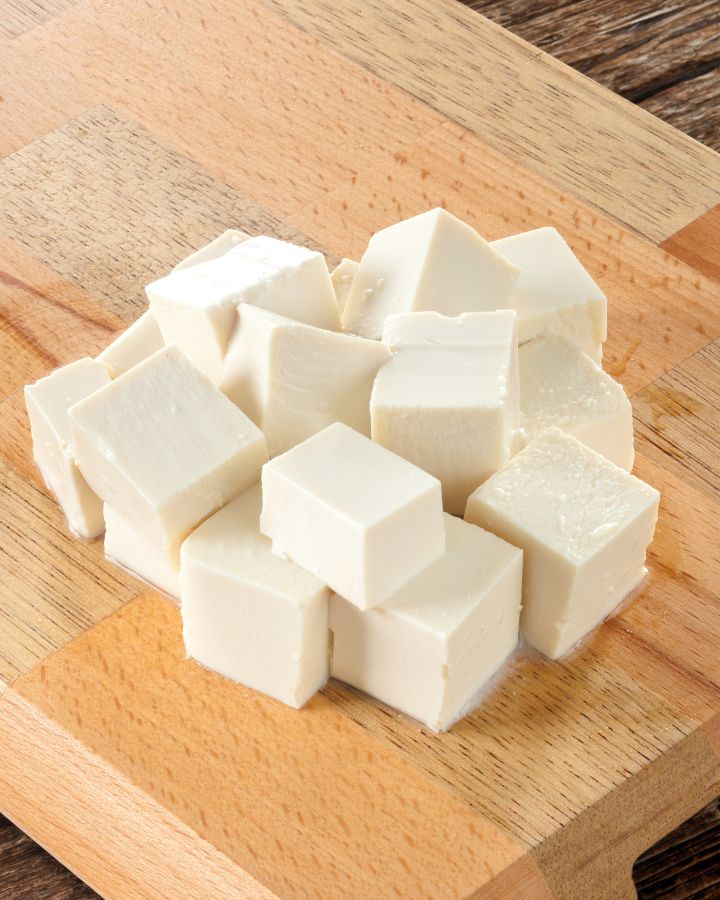
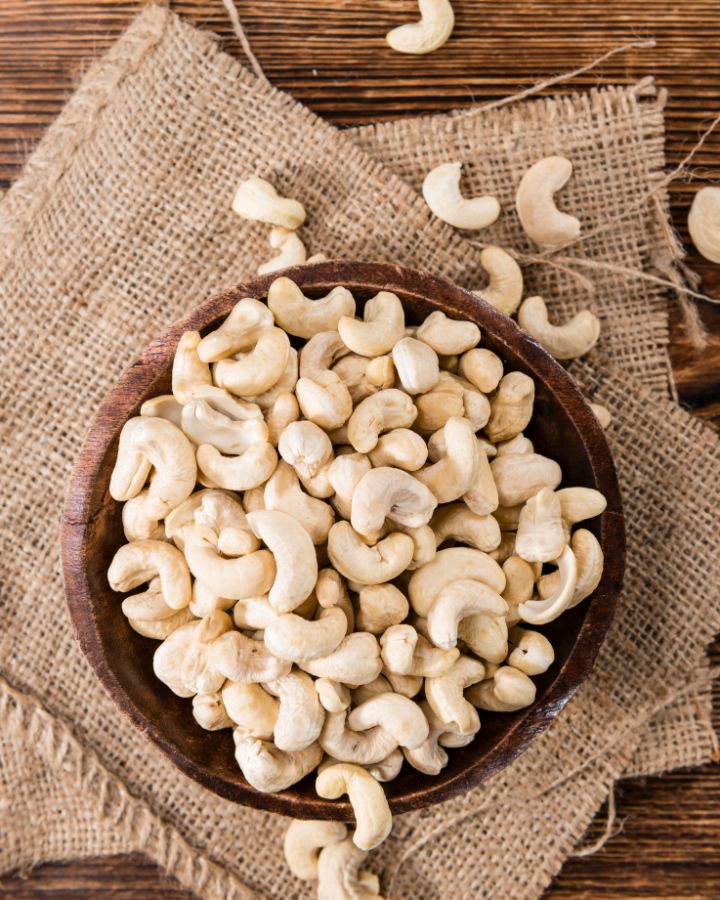
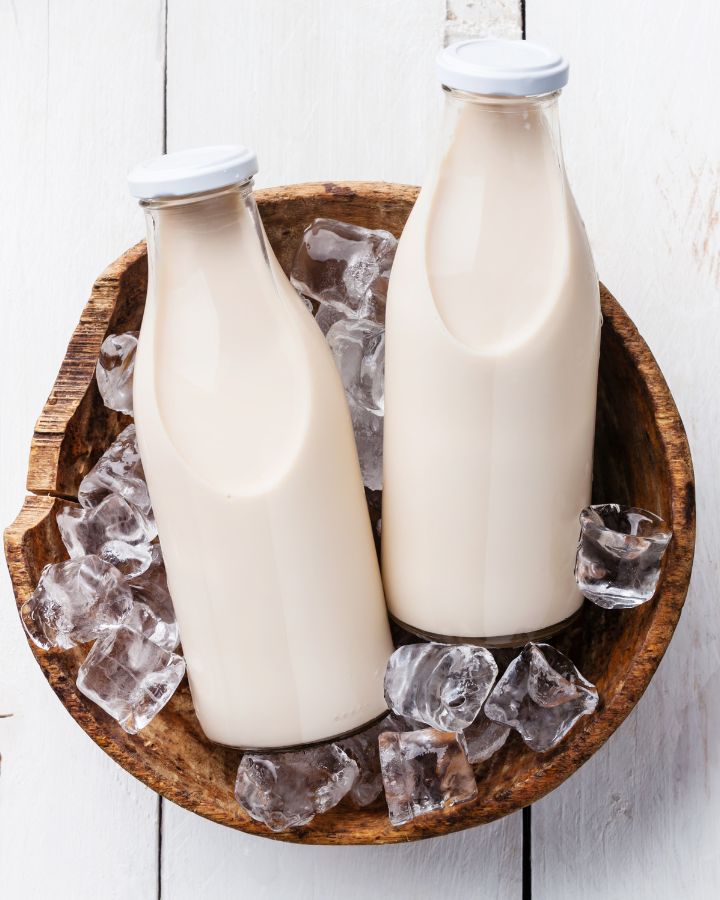
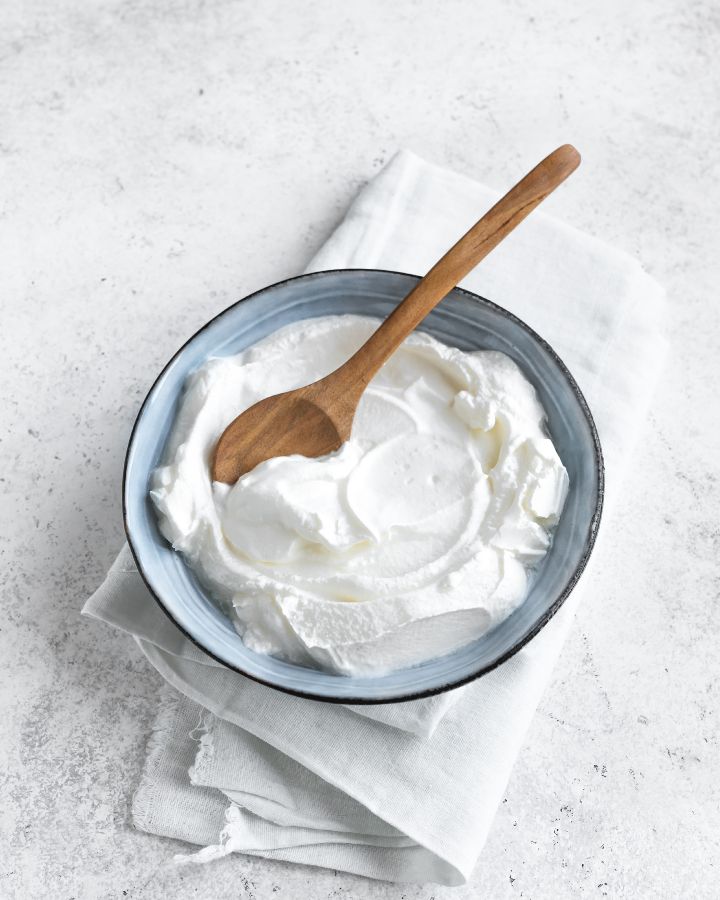
Cynthia Szymanski says
Thanks so much for this info! I was not aware of the drawbacks.
Noah wade says
You mentioned “bean water” being so unhealthy but failed to mention the scientific evidence that’s eggs are actually a carcinogen and much, much more unhealthy for you.
Allison says
Aquafaba is not bad for you in any way. In fact it is only beneficial.
https://www.healthline.com/nutrition/oligosaccharides#foods